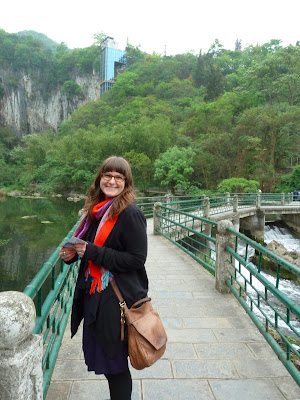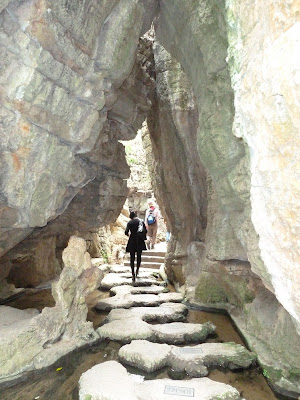Lizzy and I finished student teaching at Guiyang No. 4 Experimental Primary School today. It was a bittersweet day for all. It was also the the 7th day of school in a row and students will have the next three days off to celebrate May Day, the Chinese Labor Day.
| Lost in a sea of second graders |
I was disappointed that one of my classes was cancelled this afternoon. Being the last lesson, I wanted to be fair and make sure all classes participated in the same activities. Unfortunately, it had been decided that today was the day to practice an earthquake and fire drill.
My spirits were lifted when I realized that, in fact, we were in the middle of a
Chinese Fire Drill!
It's no secret that I've become attached to the third graders. All four classes are great and we had a lot of fun with the lessons. The students have lively personalities and are funny and spirited. Last week, I read Curious George and the students went bananas. I read a different story on Tuesday and the students in all four classes started shouting, "Monkey!" They wanted more Curious. As part of my last lesson we read, Curious George and the Pizza Party since we had just finished a lesson on food and drinks.
| With Julie and Jessie, Grade 3 |
This partnership also provides an opportunity to live abroad for eight weeks and experience life in Guiyang, a city on the brink of rebirth. Lizzy and I have been fortunate during our time in Guiyang. We have taken advantage of every spare moment by joining tours, exploring the city and meeting new friends.
 |
| 2nd Graders playing clapping games during a lesson |
In two days we will board our first flight to catch our first train to kick off our 3 weeks of travel. We have been busy booking flights, train tickets, hostels and guides to ensure things go smoothly. I'm looking forward to exploring more of China and celebrating graduation in Beijing!
Natalie





































